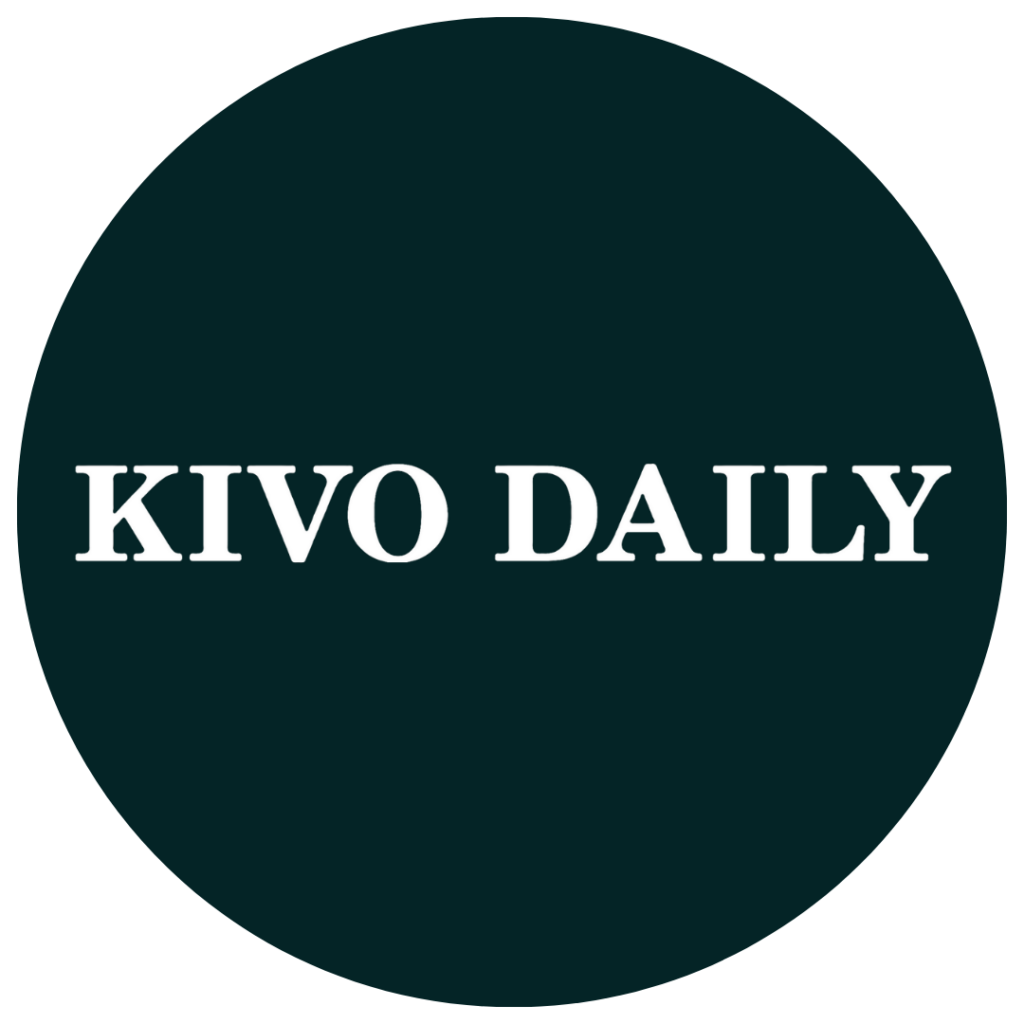Healthcare communication has always required precision. Whether it’s educating patients, engaging providers, or launching public health campaigns, the stakes are high and the audiences are diverse. Programmatic marketing is changing how healthcare organizations approach this challenge, offering a data-driven way to deliver timely, relevant messages with greater efficiency and impact.
Programmatic marketing automates the buying and placement of digital ads using algorithms and real-time data. In healthcare, this means reaching the right people, patients, clinicians, administrators, with tailored content that reflects their needs, behaviors, and preferences. The result is a communication strategy that’s not only more targeted but also more responsive to the nuances of the healthcare ecosystem.
Precision Targeting in a Complex Landscape
Healthcare audiences aren’t monolithic. A campaign aimed at primary care physicians will differ significantly from one targeting specialists, patients managing chronic conditions, or caregivers seeking support. Programmatic marketing allows healthcare organizations to segment these audiences with remarkable granularity, using behavioral data, location, device type, and even medical interests to guide messaging.
For example, a hospital system launching a new cardiac care center might use programmatic tools to reach individuals in specific zip codes who’ve searched for heart health resources or visited cardiology-related websites. Simultaneously, they could target referring physicians with educational content about the center’s capabilities, using professional platforms and time-of-day targeting to maximize relevance.
This kind of precision wasn’t possible with traditional media buys. Programmatic marketing enables healthcare communicators to move beyond broad demographics and engage audiences based on real-time intent and context.
Efficiency Without Compromising Compliance
Healthcare marketing operates under strict regulatory oversight. Messages must be accurate, non-promotional, and compliant with privacy standards. Programmatic platforms designed for healthcare understand these constraints and offer safeguards to ensure campaigns meet industry requirements.
Ad placements can be restricted to approved environments, such as medical journals, professional networks, or health-focused websites. Messaging can be tailored to avoid sensitive claims or language that might trigger compliance concerns. And because programmatic systems track performance in real time, marketers can quickly adjust campaigns that underperform or raise red flags.
This efficiency is especially valuable for healthcare startups, which often operate with limited budgets and tight timelines. As healthcare startups benefit from accelerator programs, they’re increasingly turning to programmatic tools to stretch their marketing dollars and reach key stakeholders without compromising regulatory integrity.
Enhancing Patient Engagement Through Personalization
Patients today expect more than generic health messaging. They want content that speaks to their specific conditions, concerns, and goals. Programmatic marketing enables healthcare organizations to deliver that personalization at scale.
A wellness clinic, for instance, might use programmatic ads to reach individuals searching for stress management techniques, offering content about mindfulness programs or virtual therapy options. A pediatric practice could target parents researching childhood vaccinations, providing educational resources tailored to their child’s age and location.
This kind of personalized outreach builds trust and encourages proactive health decisions. It also supports preventive care by delivering timely information before symptoms escalate or conditions worsen. As machine learning continues to enhance diagnostic capabilities, reshaping how medical practices approach healthcare diagnostics, programmatic marketing complements these advances by ensuring patients receive relevant information that supports early intervention and informed choices.
Reaching Healthcare Professionals with Contextual Messaging
Engaging healthcare professionals requires a different approach. They’re busy, discerning, and often skeptical of marketing content. Programmatic marketing helps bridge this gap by delivering educational, non-intrusive messages in environments where professionals already spend time.
For example, a pharmaceutical company might use programmatic tools to share clinical trial updates with oncologists reading peer-reviewed journals online. A medical device manufacturer could target orthopedic surgeons with product demos embedded in continuing education platforms. These placements feel less like ads and more like resources, increasing the likelihood of engagement.
Programmatic systems also allow for cohort-based targeting, where groups of professionals are segmented by specialty, practice setting, or prescribing behavior. This ensures that messages are not only relevant but also respectful of the recipient’s expertise and workflow.
Data-Driven Insights for Smarter Strategy
One of the most powerful aspects of programmatic marketing is its ability to generate actionable insights. Every impression, click, and conversion is tracked, allowing healthcare marketers to understand what’s working and why.
This feedback loop supports continuous improvement. If a campaign targeting endocrinologists sees low engagement, marketers can adjust the creative, refine the audience, or shift the placement strategy. If a patient-focused ad performs well on mobile but not desktop, future campaigns can prioritize mobile optimization.
These insights also inform broader communication strategies. Healthcare organizations can identify content gaps, uncover emerging patient concerns, and anticipate shifts in provider behavior. Over time, this data helps build more resilient, responsive marketing systems that align with both clinical goals and audience expectations.
Challenges and Considerations in Healthcare Contexts
Despite its advantages, programmatic marketing in healthcare isn’t without challenges. Data privacy remains a top concern, especially when targeting patients based on health-related behaviors. Platforms must adhere to HIPAA and other regulations, ensuring that personal information is protected and anonymized.
There’s also the risk of message fatigue. Over-targeting can lead to ad saturation, where audiences tune out even relevant content. Healthcare marketers must balance precision with restraint, using frequency caps and creative rotation to maintain engagement without overwhelming users.
Finally, integration with broader communication efforts is essential. Programmatic campaigns should complement, not replace, other outreach channels, such as email, social media, and in-person education. When used strategically, programmatic marketing becomes part of a cohesive ecosystem that supports patient care and professional development.
A Strategic Tool for a Changing Industry
As healthcare continues to evolve, communication strategies must keep pace. Programmatic marketing offers a flexible, data-driven way to reach diverse audiences with messages that matter. It supports efficiency, personalization, and compliance, three pillars of effective healthcare communication.
Whether it’s helping a startup gain traction, supporting a hospital’s outreach efforts, or enhancing patient education, programmatic marketing is proving to be more than a trend. It’s a strategic tool that aligns with the industry’s goals and challenges, offering a smarter way to connect in a complex, high-stakes environment.
In a sector where timing, relevance, and trust are everything, programmatic marketing is helping healthcare organizations deliver the right message to the right person, exactly when it counts.










